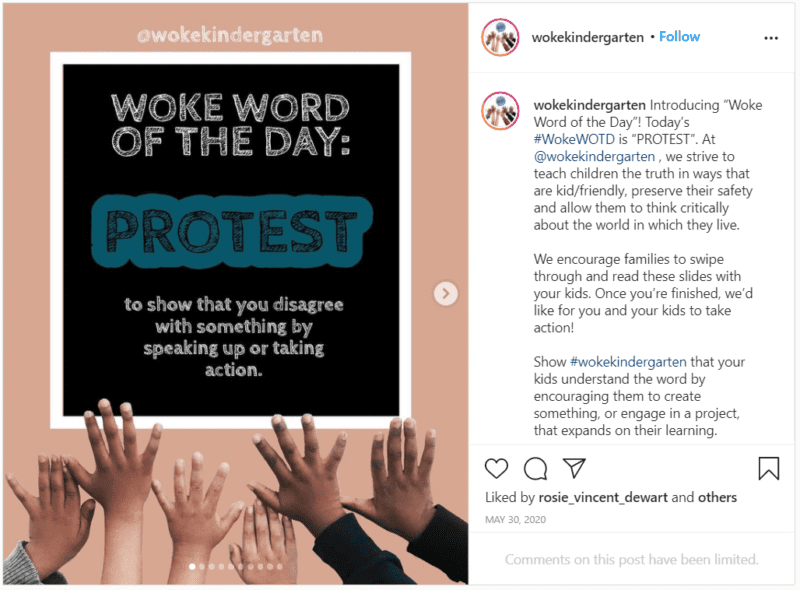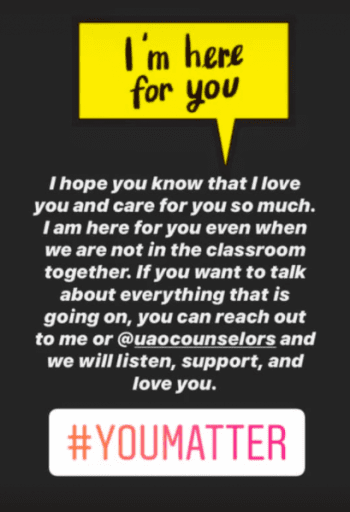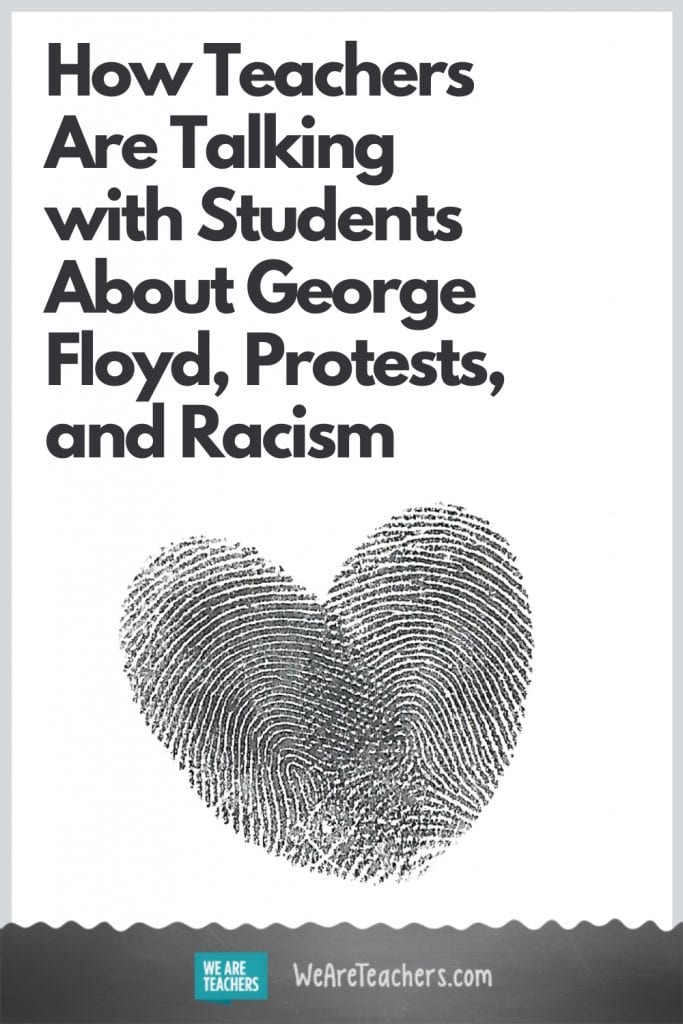In the wake of the killing of George Floyd and the ensuing protests, teachers are having to address a difficult topic and figure out how to support students experiencing trauma. From check-ins to special lessons, here’s how they’re handling it.
Reaching out
“My students are out of school, but I’ve reached out to check in on my students of color and make sure they’re OK. Their neighborhood was rocked by riots two nights ago, so I worry and it helps me know what they’re seeing and address it.” —Caitlynn
“I teach elementary special education in an inner city school where riots are currently happening. We are out for summer, but I’m working on setting up a time to Zoom this week. I can only imagine how scared they are right now. I’m planning on asking how they are doing and going from there. Making sure they know they are loved and respected.” —Jen
“I student taught in a fourth grade class (still supporting them until the end of the year). I just sent a Dojo message to families letting them know that I’m only a message away if they or their children want to talk and ask questions.” —Lily
Facilitating discussion
“Today we are going to discuss the events that happened and everyone will get a chance to share their feelings about everything going on. Then we are going to learn about race, racism, racial profiling and protesting. They will learn about what everything is, the different types, and how they work.” —Jasmine
[contextly_auto_sidebar]
Listening
“I teach middle school science. I am a white teacher and 99% of my students are POC. During this week’s Zoom calls, I am just going to ask everyone how they are doing and let them talk. I will sit with them and listen.” —Valerie
“I’d open it up for discussion. Let them lead. They want to know they are heard and safe and respected. Be their anchor of calm.” —Tuesday
Teaching lessons

Source: @wokekindergarten
“I teach first grade and have a huge variety of books about racism that we read and have read all year. We talk a ton about words and the power of words. It is a regular part of my social emotional learning.” —Carol
“Drawings can help. You can do a comic strip and ask them if they were heroes what would they do to make a better place (language for young children), or ask them draw what they want to world to look like.” —Elizabeth
Sending messages of support

—Erika
Scrapping plans
“I was supposed to start teaching a mini-unit on the Civil War this week to my fifth graders. The kids are stressed out almost as much as their parents (we’ve been under curfew since Saturday), so that’s no longer happening. I wish we could meet in person to process these conversations. After 11 weeks of remote learning, many of my students have already ‘shut down.'” —Fumiko
“It was our last day of school today. This was not in my lesson plan. It was my lesson. I teach in a predominantly white upper middle class school. This was what was MOST important.” —Amy
Addressing it directly
“I teach math to high schoolers (mostly Hispanic/Latino/a/x) in downtown LA. My school is five minutes from these riots. It’s unreal. As a white teacher I could easily ignore it, but I feel like it needs to be addressed.” —Amanda
“I do believe that there needs to be more explicit discussion about current events, regardless of age. It is unfortunate that we have to ask ourselves as educators if we will face discipline for doing it, if some person and/or our administration deems it ‘inappropriate.'” —Sarah
How are you broaching the topic of the George Floyd protests with students? Come share in our WeAreTeachers Helpline group on Facebook.


